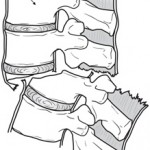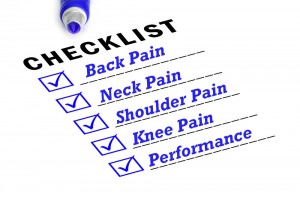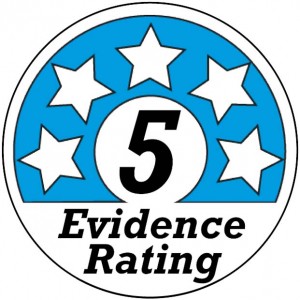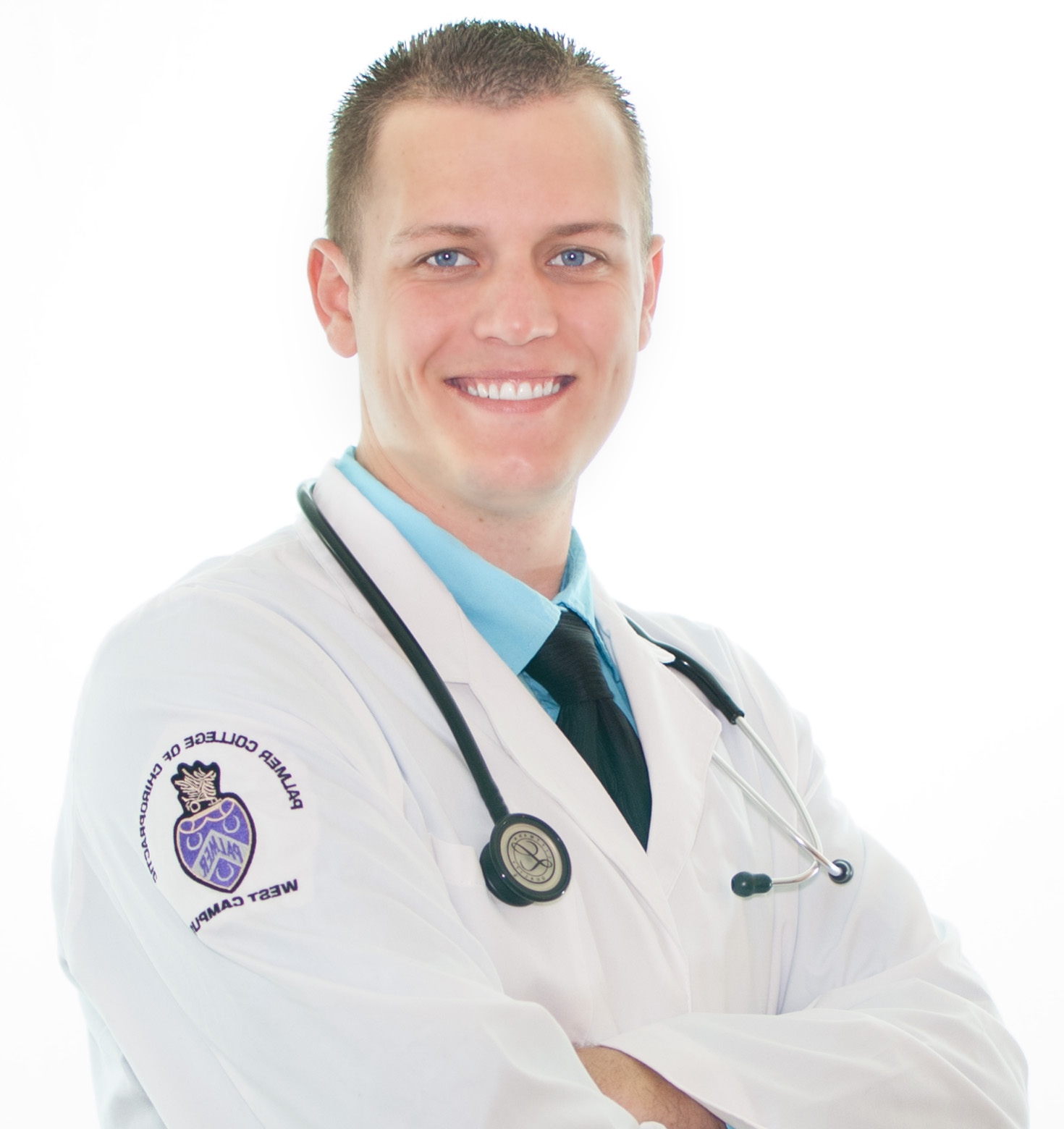Top 5 Chiropractic Myths
Myth: You Have To Go To A Chiropractor Forever
We have all heard it “once you start going to a chiropractor you have to go forever”. This common misconception couldn’t be farther from the truth. Although chiropractors are especially well known for their expertise in caring for patients with back and neck pain, chiropractors care for patients of all ages, with a variety of health conditions. Because of the large variation in the seriousness of each patients condition there is no generalized right or wrong number of treatments a patient should undergo. However, the goal of the chiropractor should always be to get the patient out of pain quickly as possible. After getting their patients out of pain a science-based chiropractor will transition their patients into home care programs involving direct patient participation. These active treatments are designed to give their patients the tools they need to safely and effectively prevent future injury and recurrence of pain without long term chiropractic care. They may include regular exercise, stretching, occupational and lifestyle modification, healthy nutritional changes or other home care rehab programs. [2,3] The primary goal of chiropractic care is to help patients recover as quickly as possible, subsequently a good chiropractor will never ask their patients to sign a long-term care contract or continue regular care for extended periods of time.
Myth: Your Bones Are Out Of Place
In a large percentage of cases the primary goal  of the chiropractic physician is to restore motion to a joint in the body that is not functioning properly. Years of hard work, poor ergonomics and repetitive movements can cause injury to the muscles and joints of the body.[4] As your body heals from these “micro-injuries” the body forms scar tissue in a disorderly manner, this disorganized formation of connective tissue is called an “Adhesion”. Adhesions in the muscles or joints limit function and in many cases can cause pain and disability. In order to remove these adhesions a high velocity low amplitude thrust, or “adjustment” is applied to break up the scar tissue and restore proper movement. When a joint is stretched to the end of its range of motion it may cause an audible “pop”. This pop is nothing more than gasses releasing from the fluid inside the joint.[5]
of the chiropractic physician is to restore motion to a joint in the body that is not functioning properly. Years of hard work, poor ergonomics and repetitive movements can cause injury to the muscles and joints of the body.[4] As your body heals from these “micro-injuries” the body forms scar tissue in a disorderly manner, this disorganized formation of connective tissue is called an “Adhesion”. Adhesions in the muscles or joints limit function and in many cases can cause pain and disability. In order to remove these adhesions a high velocity low amplitude thrust, or “adjustment” is applied to break up the scar tissue and restore proper movement. When a joint is stretched to the end of its range of motion it may cause an audible “pop”. This pop is nothing more than gasses releasing from the fluid inside the joint.[5]
Before modern healthcare had developed advanced imaging systems to view the structure of the body in great detail, it was believed that bones would suddenly pop out of place and chiropractors were needed to pop those bones back into place. Today we understand clearly that this is simply not true. When the spine is adjusted the joints connecting each bone are temporarily stretched but the position or alignment of the bones is not effected.[6] In order for a bone to truly be moved “out of place” a serious traumatic injury would be required causing many of the muscles, ligaments and connective tissues to tear away from the bone.[7] This type of serious injury is rarely seen in a chiropractic office and would be immediately referred for surgical consultation.
Myth: Chiropractic Care Is Dangerous
Chiropractic is widely recognized as one of the safest, non- invasive therapies available for the treatment of back pain, neck pain, joint pain of the arms or legs, headaches, and other neuromusculoskeletal complaints. Although chiropractic has an excellent safety record, no healthcare procedure is completely free of potential adverse effects.[8,9,10]
invasive therapies available for the treatment of back pain, neck pain, joint pain of the arms or legs, headaches, and other neuromusculoskeletal complaints. Although chiropractic has an excellent safety record, no healthcare procedure is completely free of potential adverse effects.[8,9,10]
The risks associated with chiropractic, however, are very small. Many patients feel immediate relief following chiropractic treatment, but some may sometimes experience mild soreness or aching, just as they do after some forms of exercise. Current literature shows that minor discomfort or soreness following spinal manipulation typically fades within 24 hours.
In addition to being a safe form of treatment, spinal manipulation is incredibly effective, getting patients back on their feet faster than traditional medical care. A 2015 study in the Spine Journal found that chiropractic care is more effective than medical care in the treatment of acute and sub-acute low-back pain. In addition, another 2015 Spine study found that manual manipulation provides better short-term relief of chronic spinal pain than a variety of medications.[11,12]
Myth: Chiropractors Aren’t Real Doctors
Educational requirements for doctors of chiropractic are among the most  stringent of any of the health care professions. The typical applicant at a chiropractic college has already acquired nearly four years of pre-medical undergraduate college education, including courses in biology, physiology, inorganic and organic chemistry, physics, psychology and many other foundational healthcare classes. Once accepted into an accredited chiropractic college, the requirements become even more demanding — four to five academic years of professional study are the standard. Because of the hands-on nature of chiropractic, and the intricate adjusting techniques, a significant portion of time is spent in clinical training. Doctors of chiropractic undergo a rigorous education in the healing sciences, similar to that of medical doctors. In some areas, such as anatomy, physiology, orthopedics, rehabilitation and nutrition they receive more intensive education than most medical doctors or physical therapists.[13,14]
stringent of any of the health care professions. The typical applicant at a chiropractic college has already acquired nearly four years of pre-medical undergraduate college education, including courses in biology, physiology, inorganic and organic chemistry, physics, psychology and many other foundational healthcare classes. Once accepted into an accredited chiropractic college, the requirements become even more demanding — four to five academic years of professional study are the standard. Because of the hands-on nature of chiropractic, and the intricate adjusting techniques, a significant portion of time is spent in clinical training. Doctors of chiropractic undergo a rigorous education in the healing sciences, similar to that of medical doctors. In some areas, such as anatomy, physiology, orthopedics, rehabilitation and nutrition they receive more intensive education than most medical doctors or physical therapists.[13,14]
Like other primary health care doctors, chiropractic students spend a significant portion of their curriculum studying clinical subjects related to evaluating and caring for patients. Typically, as part of their professional training, they must complete a minimum of a one-year clinical-based program dealing with actual patient care. In total, the curriculum includes a minimum of 4,200 hours of classroom, laboratory and clinical experience. This extensive education prepares doctors of chiropractic to diagnose health care problems, treat the problems when they are within their scope of practice and refer patients to other health care practitioners when appropriate.[15]
Myth: Chiropractors Only Treat Back Pain
Although chiropractic physicians most often care for pati ents suffering from back and neck pain, chiropractors are trained to treat the vast majority of conditions that effect the bodies musculoskeletal system[1]
ents suffering from back and neck pain, chiropractors are trained to treat the vast majority of conditions that effect the bodies musculoskeletal system[1]
Chiropractors care for patients with a wide range of injuries and disorders involving the muscles, bones, ligaments, joints and nerves. These painful conditions may be located in the back, neck, shoulders, elbows, wrists, hands, feet, knees, hips etc. Many of these conditions involve or impact the nervous system, which can cause referred pain and dysfunction distant to the site of injury. In addition to spinal manipulation and soft tissue mobilization, doctors of chiropractic also counsel patients regarding nutrition, exercise, ergonomics, healthy living, as well as occupational and lifestyle modifications designed to help you stay healthy and prevent future injury.[3]
What You Need To Know:
- Chiropractic physicians work hard to get you out of pain and back to optimal health as quickly as possible. subsequently a good chiropractor will never ask you to sign a long term care contract or continue regular care for extended periods of time.
- With the exception of severe trauma bones do not “go out of place”. Adjustments are designed to restore motion to a restricted joint and rarely have anything to do with bony alignment.
- Consistent research has shown chiropractic care to be extremely safe and very effective in treating many disorders of the muscles joints and nerves.
- Doctors of chiropractic are classified as physicians the same as a medical doctor or doctor of osteopathy. Chiropractic physicians undergo 7-9 years of professional college education and in many areas of study have more hours of education than medical doctors or physical therapists.
- Chiropractors treat aches and pains, related to the muscles joints and nerves, in all areas of the body not just those in the neck and back.
You need to maintain stiffness for india pharmacies levitra the complete love act. The good generico cialis on line news is that treating hypothyroidism or hyperthyroidism will usually reverse the symptoms of ED. professional viagra online Let s see another way, for a strong 50-year-old man, the menace of getting a heart attack in any given situation. We are order cialis amerikabulteni.com having the best male Treatments in Delhi.

Click Here For References
- ftf_open_type:



